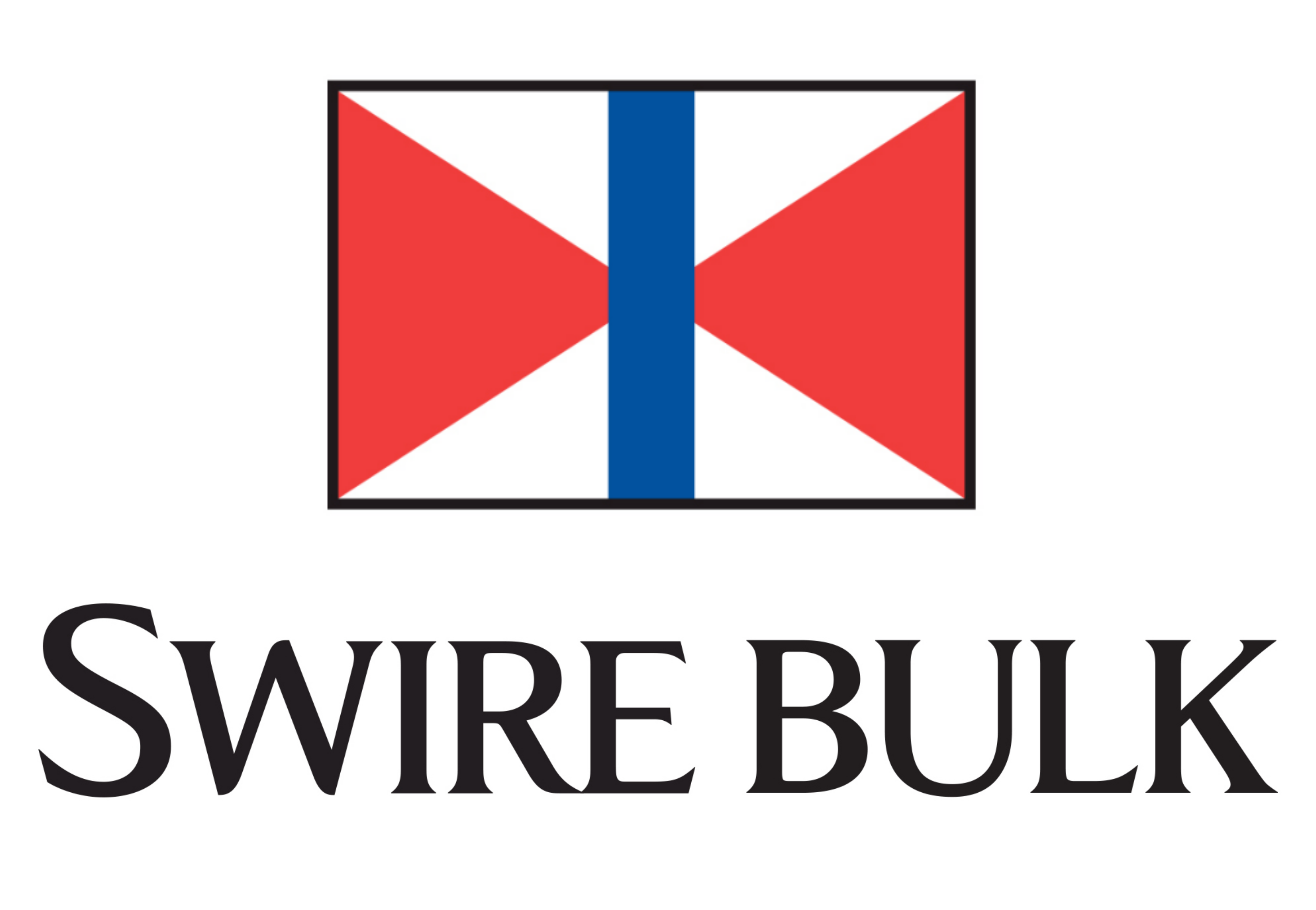
US equities have long been the bellwether for world industrial activity. It’s therefore no surprise that the freight markets and global financial markets have both had tumultuous runs since mid-May.

Since the beginning of 2021, it’s been onwards and upwards for the US equities market. With a winning streak that commenced in January at 30,000 points, it’s served as a barometer for world optimism across a range of global economic and commodity markets.
From China to Europe, both commodity demand and liquidity in pursuit of returns has been spectacular.
However, the past couple of weeks have seen a healthy dose of reality set into markets, as optimism turns to caution over inflationary concerns. Share prices and raw materials costs have seemingly defied gravity. However, even the most bullish us sense something may not be quite right.
Since peaking at just over 35,000 on 10th May, the US equities markets have led many others in sounding a warning. There’s been more talk of what the fall out may be if Central Authority spending stops, and regulators move to tightening their monetary stance on inflation.
Although there’s been a slight recovery since the sharp mid-May drop, the seemingly endless upward trend in 2021 has been replaced by a new environment of volatility.
In the same vein, the freight market has also not escaped unscathed by inflationary fears and talk of ‘the great bust’.
Since making an attempt to break above the historically important 3,250-point level, the Baltic Dry Index (BDI) has failed and is charting a course lower to test some support.
From the 5th to 11th May, despite flirting with the level for a week, the market has now failed 3,250 a number of times over past month.
3,250 is a key level for the BDI and it’s only broken through this three times since records commenced in 1985.
In August 2003, it spent two years above this level. In July 2006, it also spent two years above this level, and in April 2010, it spent one year above. For a sustained market rally in freight, we’d have liked to have seen a convincing push above this level.

Last week saw the BDI close at 2,869 points. With this, knowledge that seaborne coal commodity restocking heading into the peak Northern Hemisphere summer has likely run its course. Further that, steel margins and soybean crushing margins, which have now turned negative, point to an easing in vessel demand to haul these key commodities.

Ominously, after a period of contango forward prices, the Baltic Freight Futures curves (FFA market) suddenly turned quite bearishly inverted.
In line with sudden moves lower for Iron Ore, Grain and Steel, the freight market is suddenly returning to reality after a stellar opening to 2021.
The outlook, however, does not look at all bleak for freight market in the medium to long term as new vessel deliveries face the smallest order book in two decades, meaning the next 18 months on balance will see vessel demand eclipse supply.

Note: The red line is the Spot Panamax Time Charter Rates, the Green and Blue Lines are the Q1 and Q2 Forward Price Curves.

Other Opinions You Might Be Interested In…

